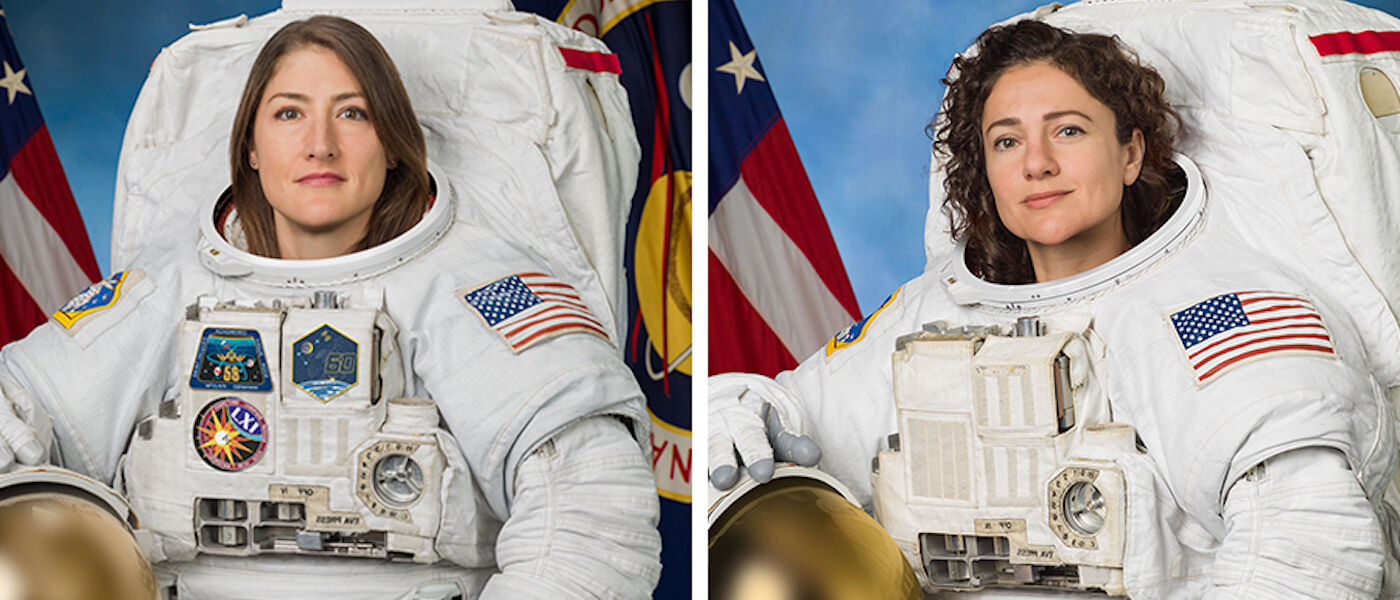Looking back at our favorite space stories from 2019

What an amazing year it has been for astronomy! With all the fantastic discoveries, missions, anniversaries, and legendary moments, 2019 has had no shortage of space stories to feature in LSC’s Jennifer Chalsty Planetarium, the biggest planetarium in the Western Hemisphere.
As the year comes to a close, here is a look back at just a few of our favorite out-of-this-world moments from 2019, broken up by month:
January
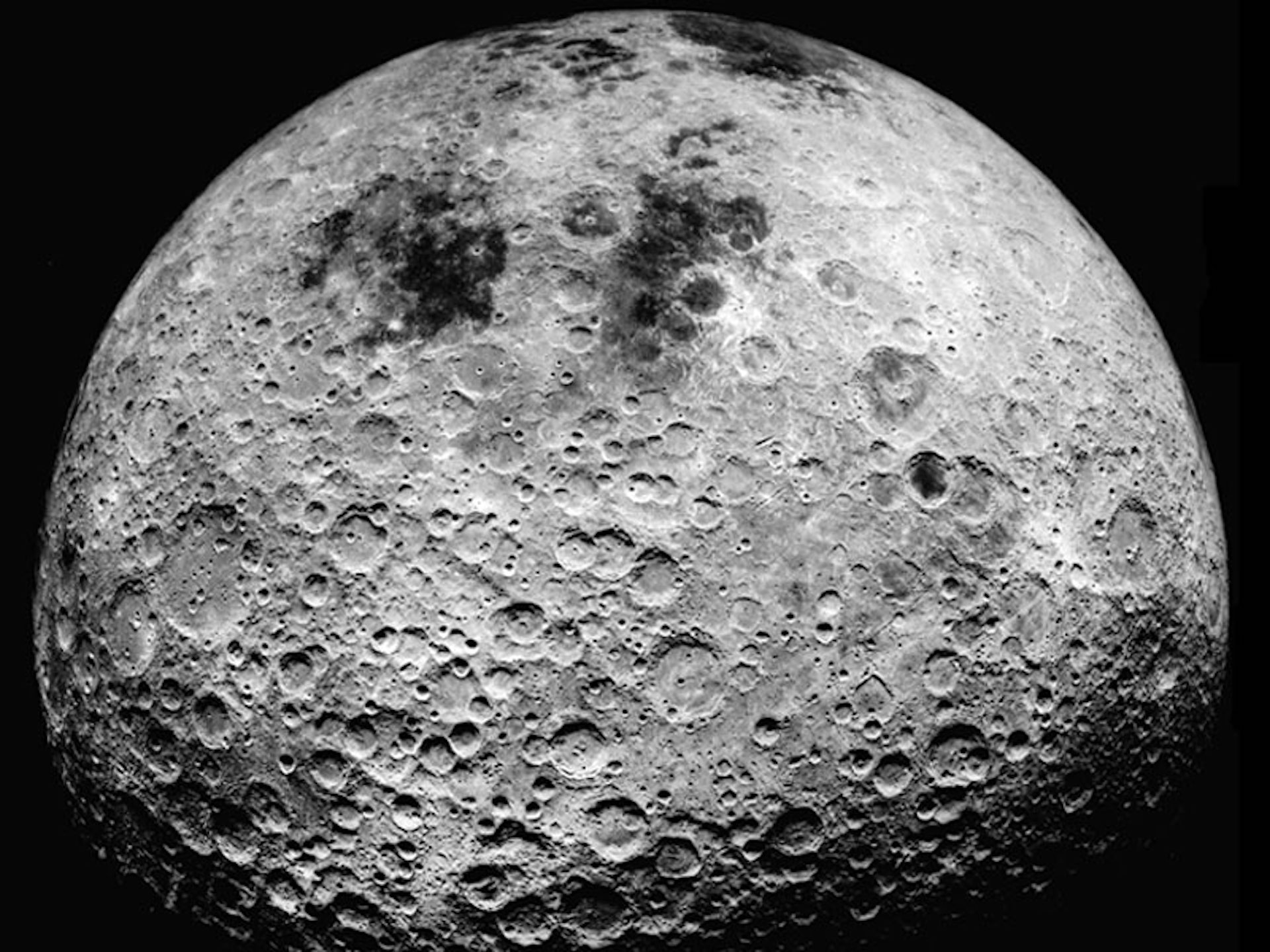
Right at the beginning of the year, a major first was accomplished! China’s Chang’e-4 lander completed the first successful landing on the far side of the Moon. Up until this year, all Moon landings have occurred on the near side. This was for two reasons: the near side is a bit smoother to allow for easier landings, and it is much easier for scientists on Earth to communicate with an astronaut or robot on the near side. Chang’e-4, though, showed us that a far side landing is possible!
February
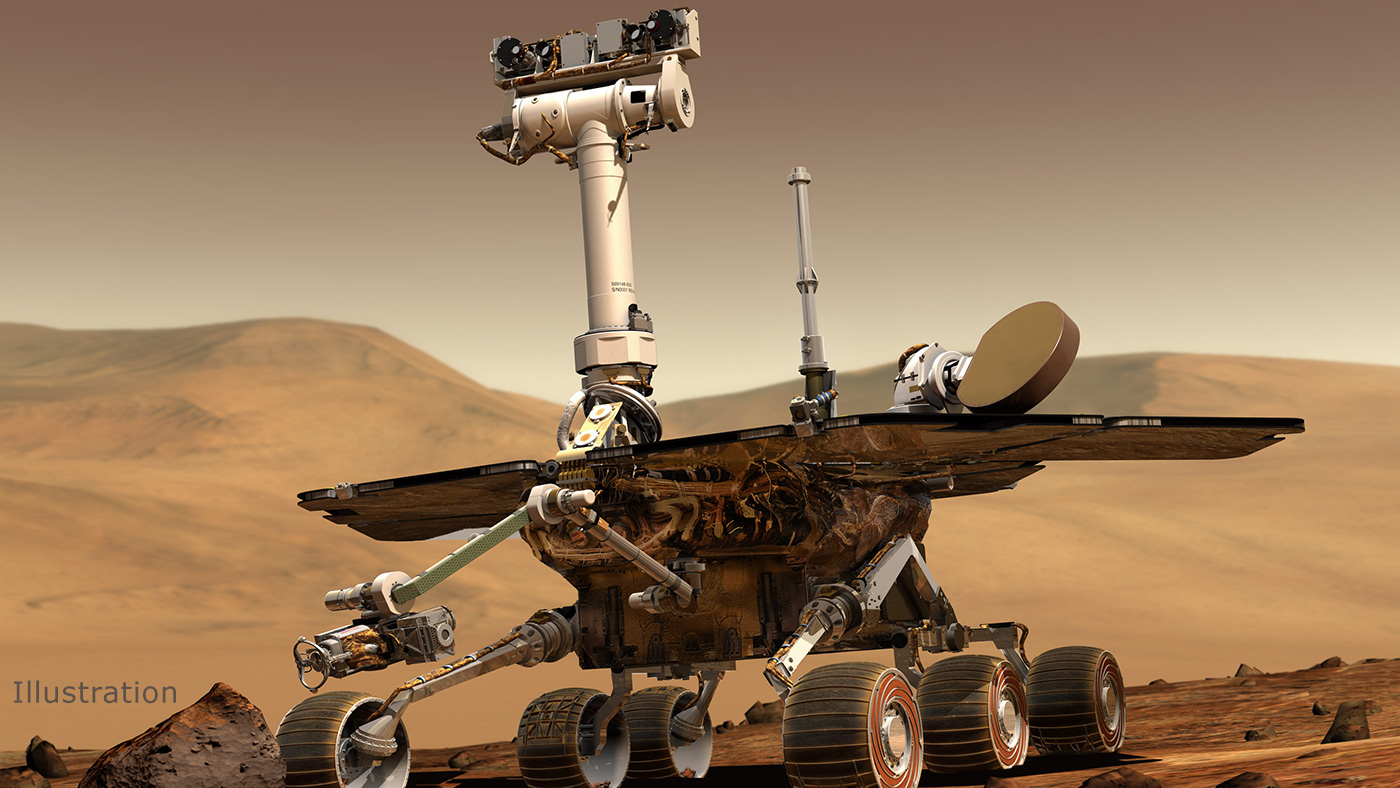
After an unexpected 15 years exploring the surface of Mars, we said goodbye to NASA’s Opportunity Rover. Opportunity was solar-powered, and a planet-wide dust storm blocked out the Sun too long for the rover to power up once the dust subsided. Opportunity was only expected to last about 90 days, but instead kept roving for more than a decade. Throughout its mission, Opportunity has investigated the surface materials on Mars and found evidence that liquid water used to exist on the surface.
March
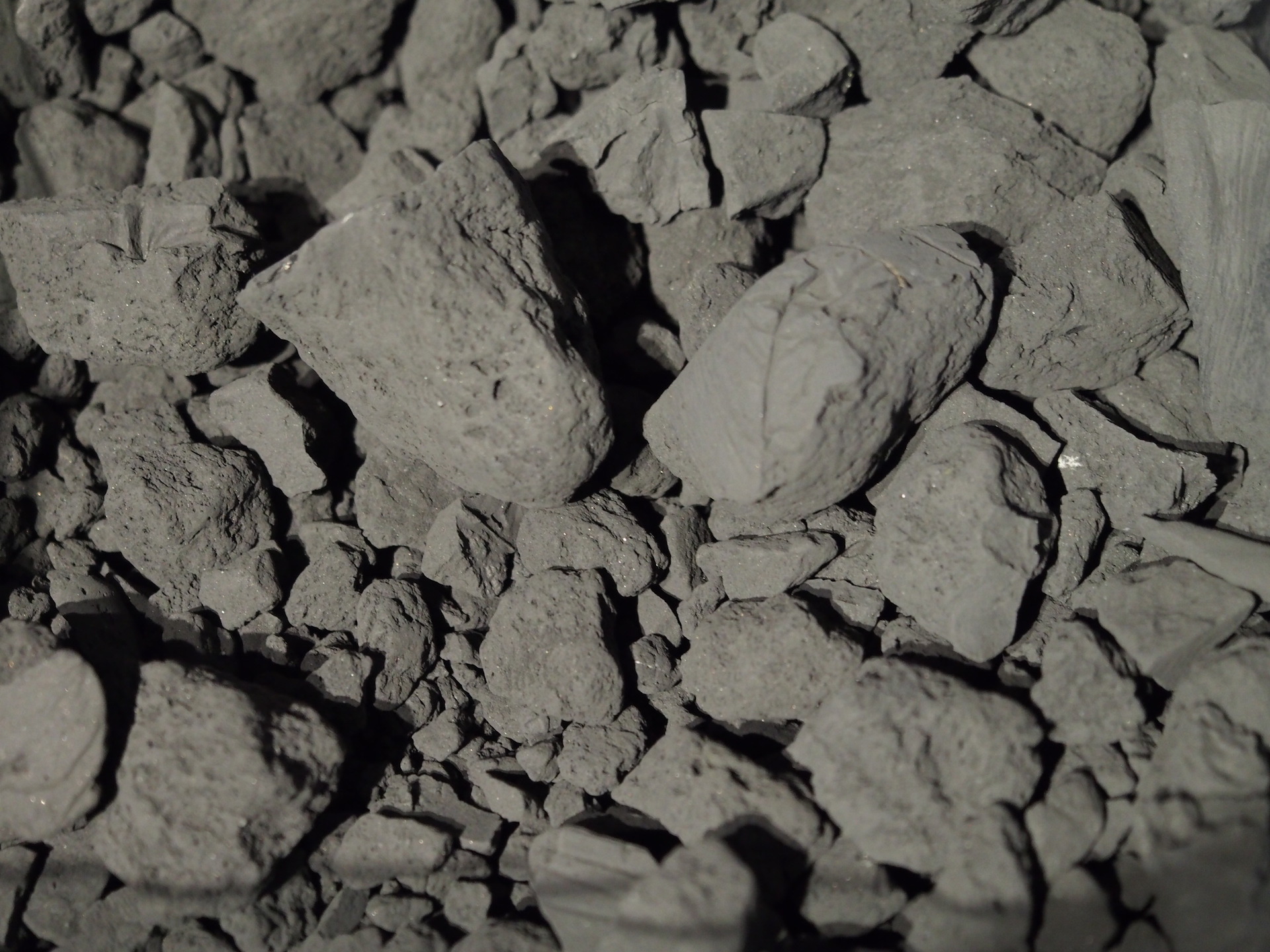
Japan’s Hayabusa2 spacecraft created an artificial crater on the asteroid Ryugu. Generally orbiting between Earth and Mars, Ryugu is something called a near-earth asteroid. Hayabusa2 created a small artificial crater by hitting it with explosives. The craft then landed and collected a sample of the asteroid, to be brought back to Earth sometime next year!
April

Who could forget when the Event Horizon Telescope captured the first ever image of a black hole? An array of 8 telescopes spread around Earth focused on a supermassive black hole at the center of galaxy M87, about 54 million lightyears away. With a mass of 6 billion suns packed into an area the size of a pea, the image will open the door to understanding how black holes of such super mass can exist.
May
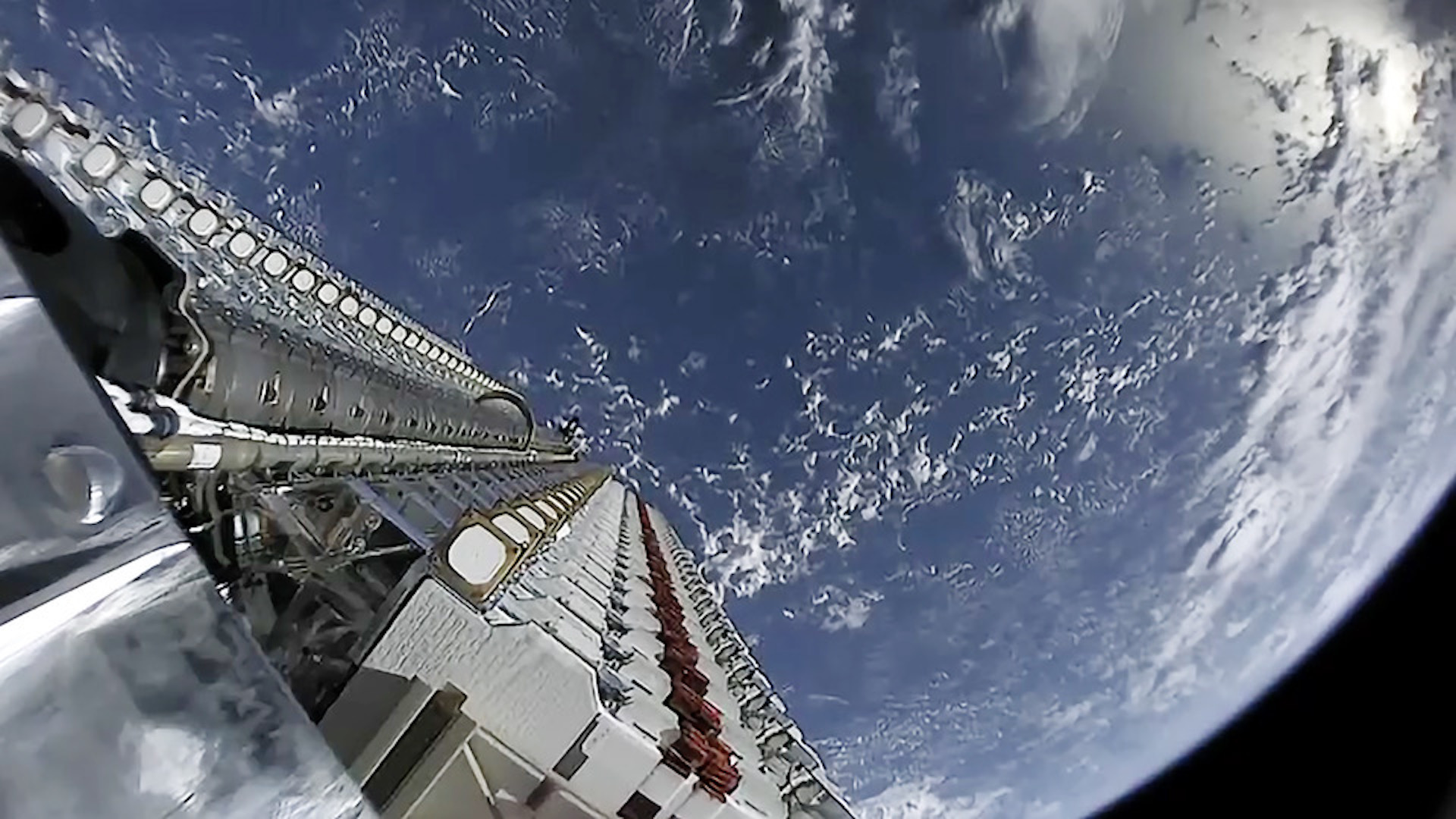
SpaceX, an independent company headed by Elon Musk, launched its first set of Starlink satellites. 60 satellites made up the first group, with a goal of 12,000 to make up a megaconstellation, providing easy access to the internet worldwide.
June
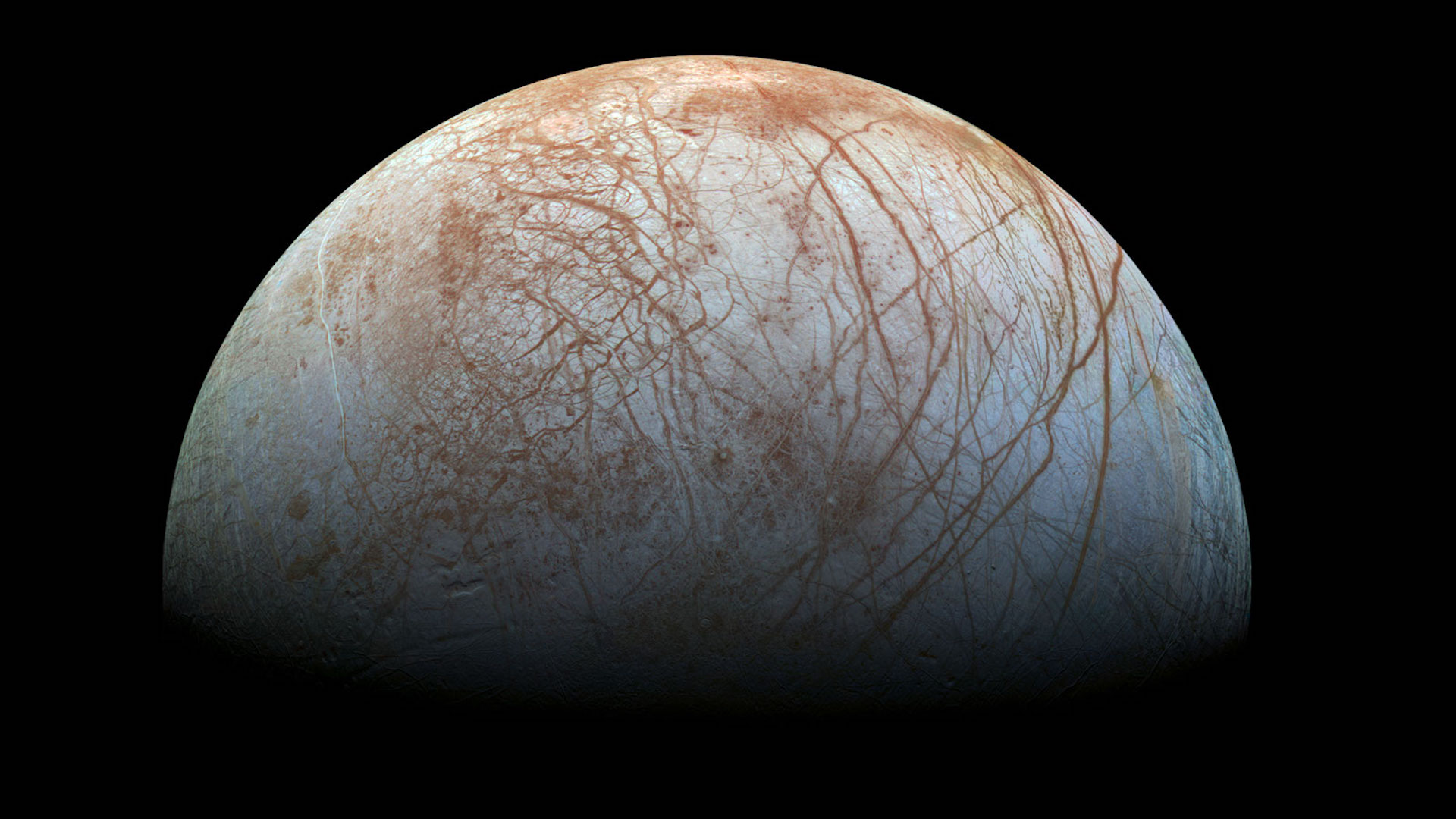
Of Jupiter’s 79 moons, one in particular made headlines in June: Europa! Europa is a moon covered in a shell of ice, with a whole ocean of liquid water underneath – and in June, scientists found salt in Europa's liquid water. This told scientists that the waters on the moon Europa are very similar to the oceans on Earth. Could there be microbial life in those waters?
July
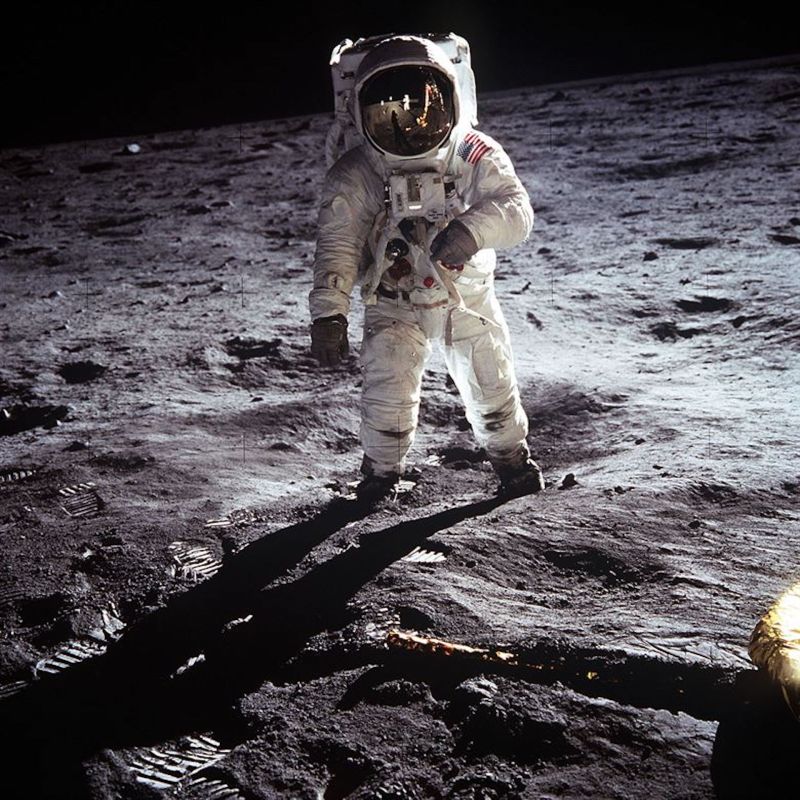
This month marked the 50th anniversary of the Apollo Moon Landing! On July 20, 1969, Apollo 11 landed on the Moon with astronauts Michael Collins, Buzz Aldrin, and Neil Armstrong. This historic mission of sending the first humans onto the surface of the Moon has since paved the way for many space missions, including the next lunar mission being planned for this coming decade!
August
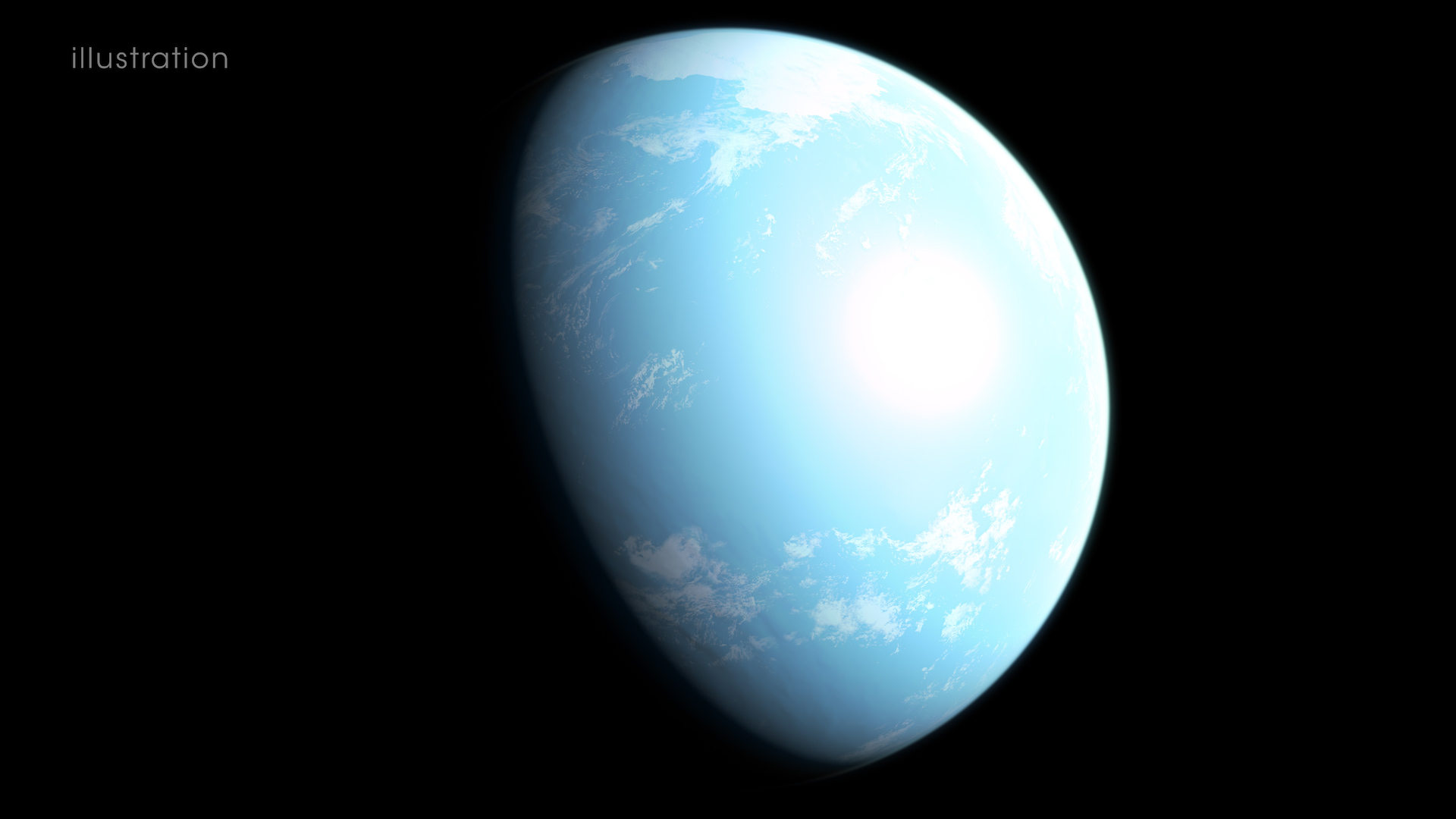
TESS, or the Transiting Exoplanet Survey Satellite, found the first potentially habitable world in August. TESS is a telescope whose goal is detecting exoplanets (planets that orbit stars other than our Sun). GJ 357 d became the first exoplanet with the potential for life! The exoplanet is located in the habitable zone, or the distance from its star where liquid water could exist, and is about the same mass as Earth. It is unknown whether the planet has an atmosphere or what the true size is, but the possibility is there!
September
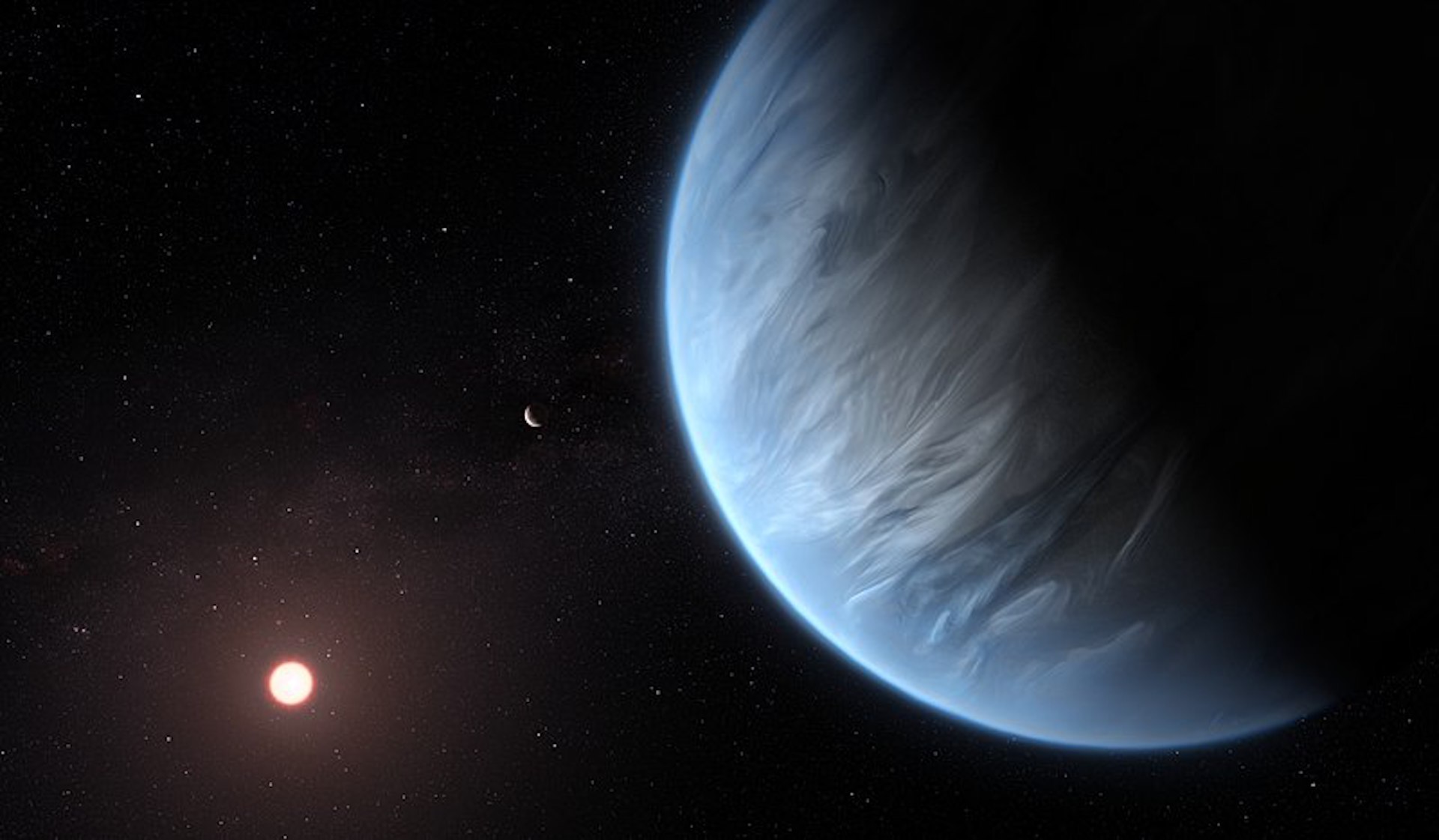
Another exoplanet discovery from TESS happened shortly after GJ 357d. Exoplanet K2-18b became the first Earth-sized planet in a habitable zone with water vapor detected in the atmosphere! This is one step closer to finding a world with all the necessary conditions for life to exist. Like GJ 357d, scientists are unsure about what the surface of the planet is made of (or if there even is one!), but does show that it is possible for worlds with all the necessary ingredients for life to exist!
October
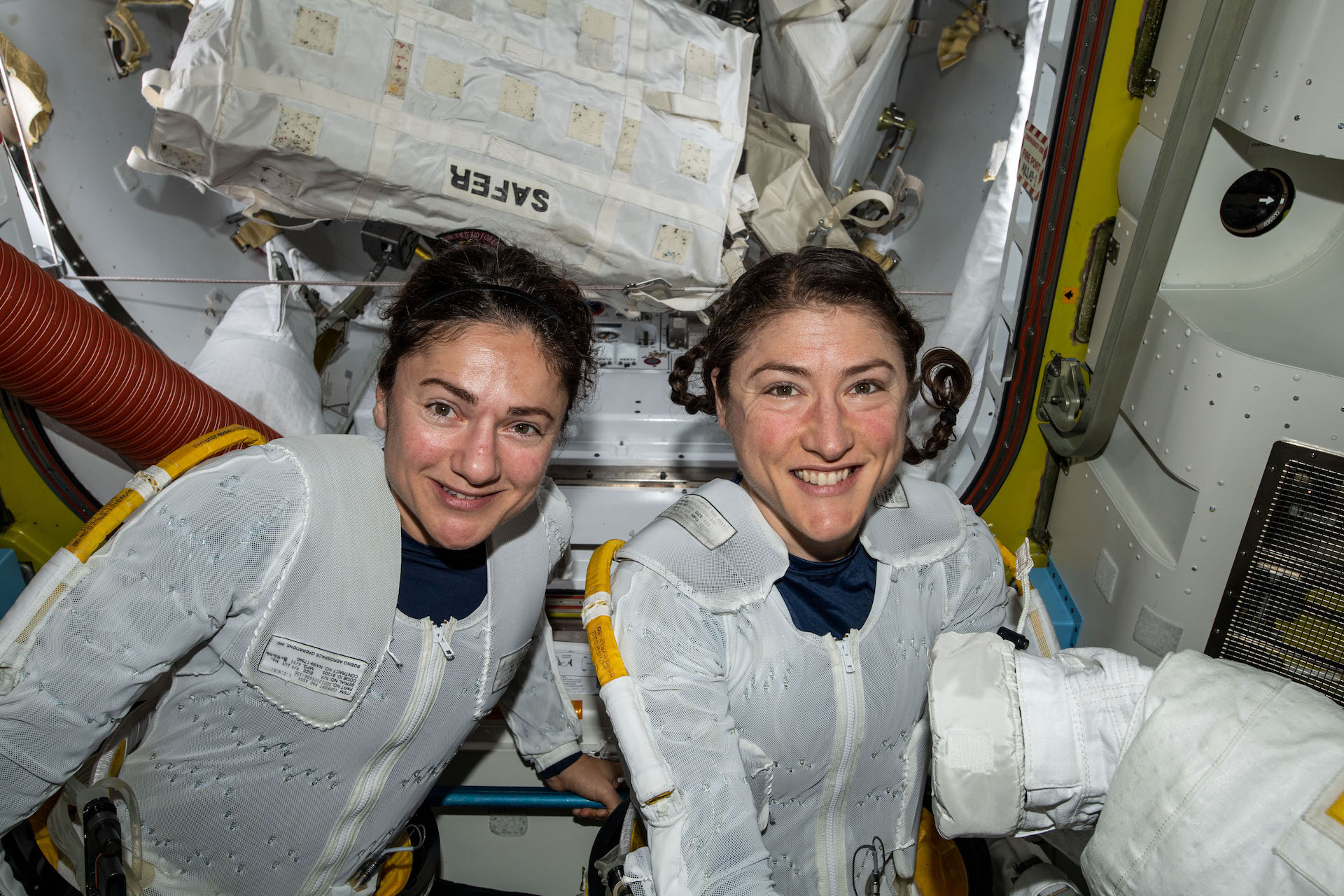
The first all-female spacewalk was completed on the International Space Station on Oct. 18, 2019! Astronauts Jessica Meir and Christina Koch became the first all-female crew to conduct a spacewalk. The astronauts were tasked with fixing a piece of hardware on the space station that connects solar panels to the station’s batteries.
November
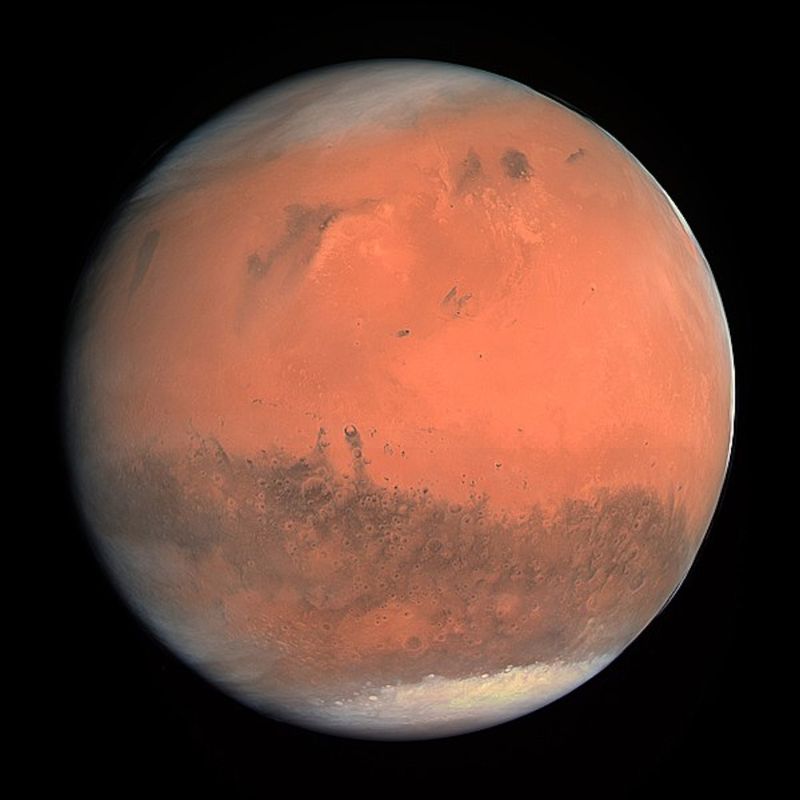
Varying levels of oxygen were detected on Mars. Throughout the year, levels of oxygen in the air rose and fell in unexpected ways. An instrument on the Mars Curiosity Rover has been measuring the composition of the atmosphere above the Gale Crater for almost three Mars years (or six Earth years). Scientists are still unsure why the level of oxygen does not change seasonally in the same way that other gases like carbon dioxide and nitrogen do.
December

And now for a shoutout to our planetarium! This month, LSC’s Jennifer Chalsty Planetarium – the biggest planetarium in the Western Hemisphere – turned two years old.
In the last two years, guests of all ages have loved soaring through space, venturing into black holes, and exploring the latest in breaking space news. Even our youngest guests have loved learning astronomy with Sesame Street friends in One World, One Sky: Big Bird’s Adventure!
There’s something for everybody in the Jennifer Chalsty Planetarium, and we can’t wait for you to see what we have coming up in 2020! Click here to learn more about the planetarium and to see what’s currently playing.
